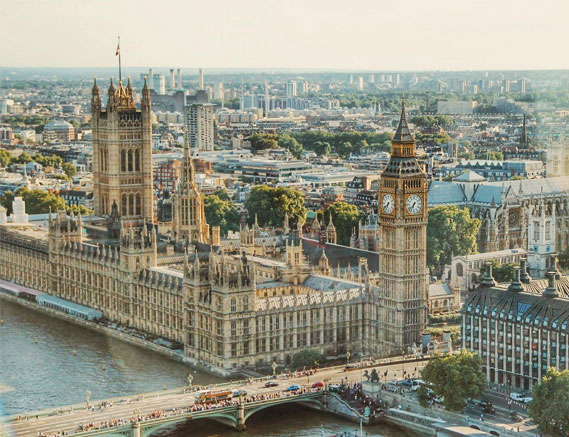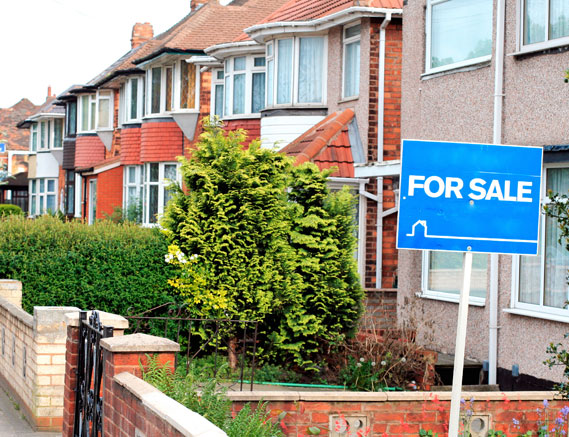Overview
The autumn statement delivered by Chancellor Jeremy Hunt saw a return to tradition with a focus on old-style approaches to tax planning and fiscal management.
Income and Tax
The basic rate of income tax reduction is canceled, and the savings on stamp duty are temporary, ending in April 2025. The nil-rate band for inheritance tax will be frozen until April 2028.
Key Points for Employers
Employers will see an increase in the National Living Wage from April 2023. Class 1 Secondary NICs will be fixed until April 2028.
Capital Gains Tax
The tax-free allowance for Capital Gains Tax will be significantly reduced over the next two years, and the Dividend Allowance will also decrease.
Business Rates
There will be a business rates multiplier freeze and increased support for eligible businesses. Retail, hospitality, and leisure businesses will see extended relief.
Other Articles Articles

Lines open Monday to Friday, 9am to 5pm
















